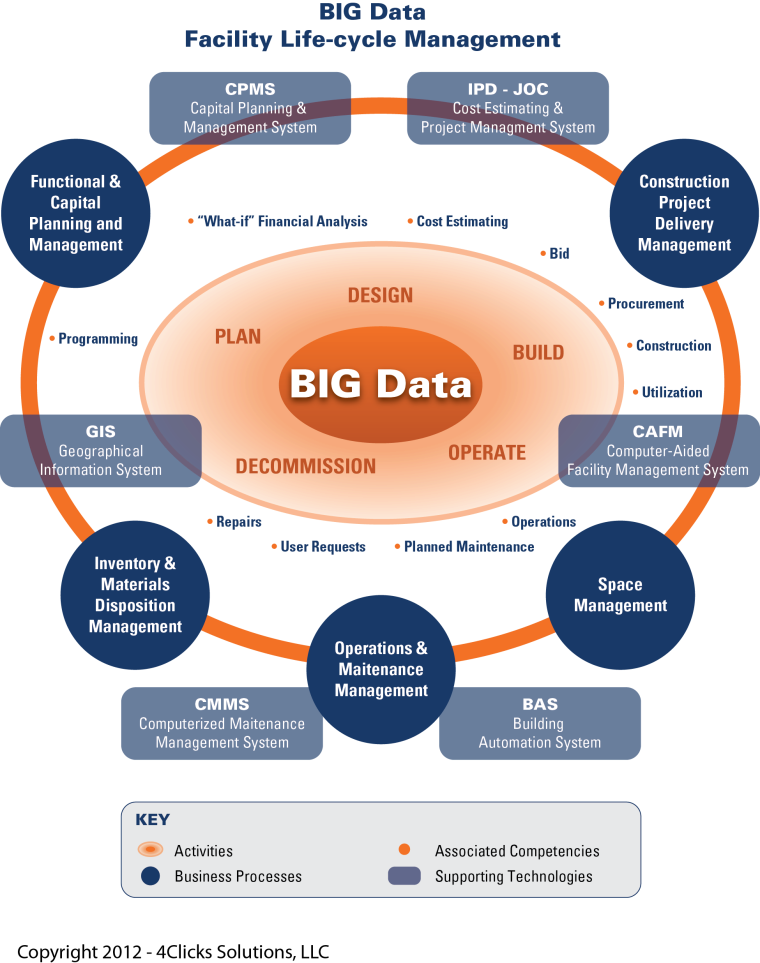Read this post and please comment. It is part of discussion on linked-in. To me it is very telling of the educational and cultural issues that are preventing the widespread adoption of BIM.
I still don’t understand what FM has to do with it. As architects we get enormous benefits from using BIM, from being able to do more complicated and therefore better designed buildings to doing more with less staff. Engineers can do the same. Contractors benefit from accurate documents and schedules, and more certainty over clash detection. All this can be done with NO consideration of FM.
So “BIM can not be leveraged without the input and consideration of FM” is simply not true, and a great misunderstanding in the AEC industry.
So, the author believes that BIM can be practiced without the input and consideration of FM? I think NOT. Certainly components of BIM can be practiced separately, with the ultimate goal of integration. That said, the above statement not only shows a lack of understanding of the meaning and major value of BIM, but also demonstrates a lack of appreciation for the role of FM professionals.
It is my hope that organizations like IFMA, APPA, NIBS, buildingSMART, CEFPI, et al, rapidly address the pervasive lack of understanding relative to FM. Failure to address this core issue stands to place BIM in silos…. exactly what we all don’t need.


